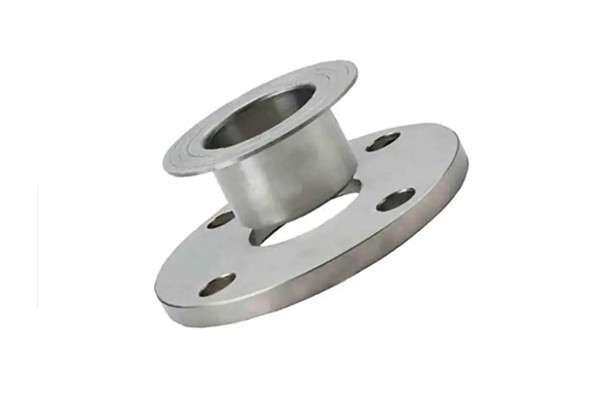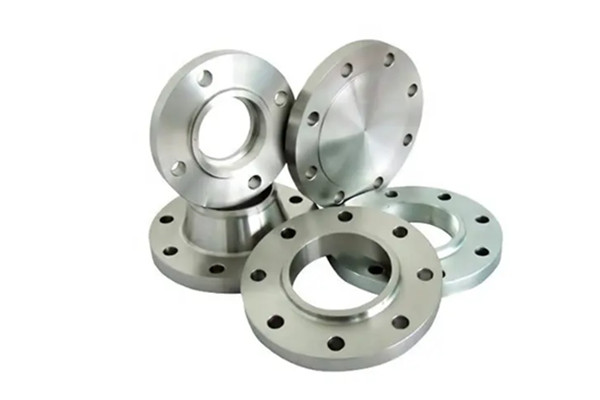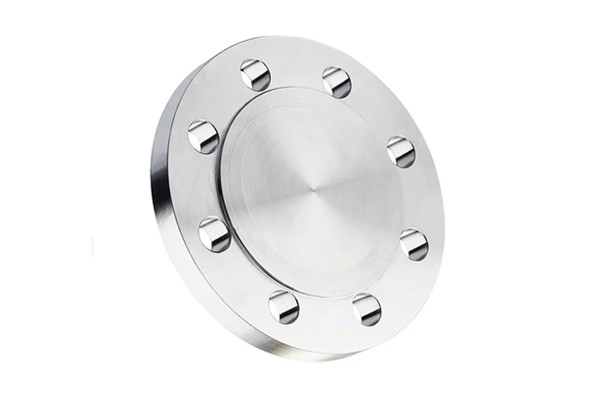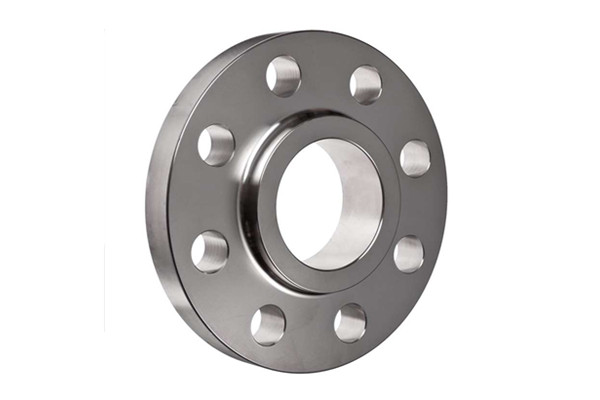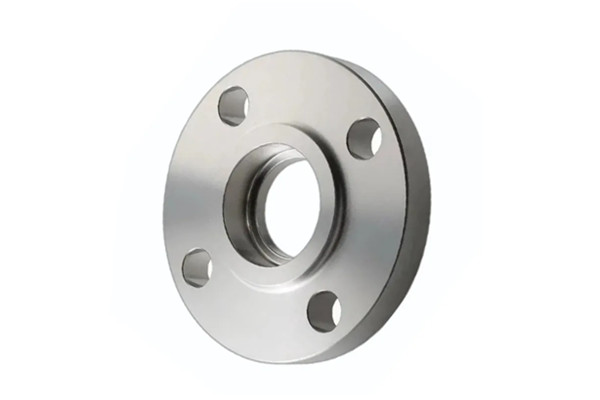INTRODUCE :
Lap joint flanges have a beveled edge on the inside diameter that fits over the pipe. They are usually used with short pipe ends that are usually welded to the pipe, allowing the lap joint to rotate freely. Lap joint flanges are particularly practical because they eliminate the possibility of bolt hole alignment issues. They are often used in applications that require frequent disassembly.
Kingrail Parts offers carbon steel and stainless steel lap joint flanges in accordance with DIN EN 1092-1/02.
Carbon Steel: ASTM A105, A350 LF2
Stainless Steel: A182 F304/F304L/F316/F316L/F321
Alloy Steel: ASTM A182, GR F1, F11, F22, F5, F9, F91
Common OD: 1/2'' to 24''
Wall Thickness Table: SCH 10, SCH 40, SCH 160
SPECIFICATIONS :
Working Environment
Slip-on flanges are often used in low pressure applications. They are not suitable when the flange pair needs to withstand high loads. Some pipes require this type of flange, such as metal pipes that have been lined with plastic, and slip-on flanges may have to be used.
Stub Ends - Key Joints for Lap Joint Flanges
Flanged flanges are often used with lap joint flanges as flange backing. There are three types of flanged flanges: Type A, Type B, and Type C.
Type A stub ends can be machined to fit standard lap joint support flanges.
Type B stub ends are designed for standard slip-on flanges.
Type C stub ends can be used for both lap joint and slip-on flanges
Stub ends come in two lengths: long and short. Long ends are also called ASA stub ends. Short ends are suitable for larger flanges of ANSI 300 and ANSI 600. Short ends are commonly used for most sizes of ANSI 900 and above.
Benefits of using lap joint flanges
Compatible with frequent disassembly. You can easily and frequently disassemble the pipe for inspection and cleaning.
Easy rotation of flanges and alignment of bolt holes simplifies assembly of large diameter or unusually rigid pipes.
Cost savings. If the pipe material is alloy steel or stainless steel. When using lap joint flanges, the wetted materials are made of special materials and the flanges are made of carbon steel. Since the flanges are not in contact with the process fluid, they are not affected by the fluid.
Rescue. In systems with rapid corrosion or rust, the flanges can be recycled and reused.
Get more help
Please contact us for more information and a quote.
